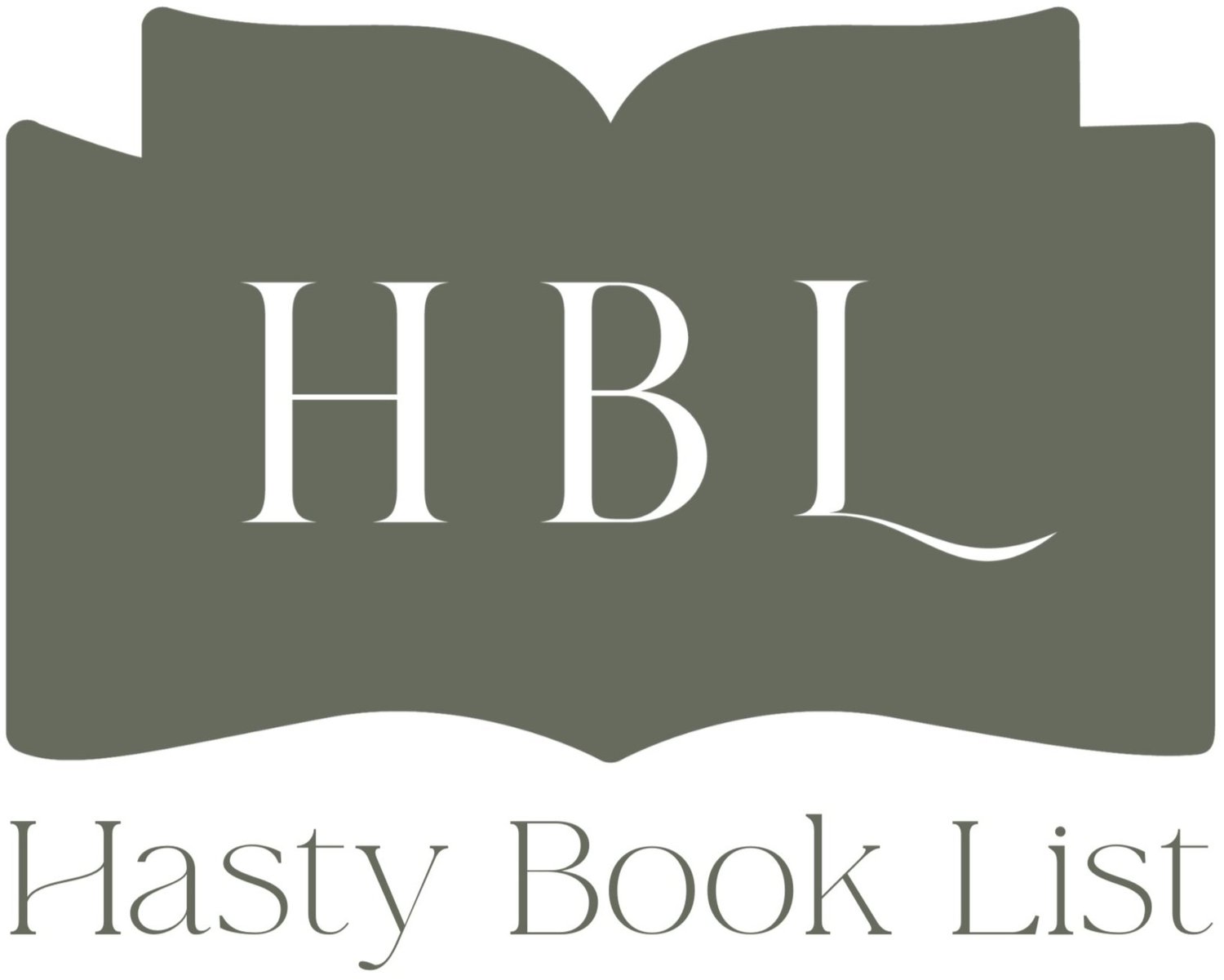What Is The Difference Between An Autobiography And A Biography?
There’s something deeply moving about reading real-life stories about people. Whether it’s the journey of a fashion icon, a political leader, or someone who overcame personal obstacles, there’s a kind of magic in witnessing the events of a person’s life unfold through the pages of a book. I find myself drawn to these accounts because they offer more than entertainment—they offer connection, perspective, and inspiration.
But if you’ve ever browsed a bookstore or a library, you’ve likely noticed that the terms autobiography and biography are often used interchangeably. And while they share some similarities—after all, both focus on a subject’s life—there are actually quite a few differences between them. In today’s post, we’re going to explore what is the difference between an autobiography and a biography, and dive into their definitions, purposes, elements, and how to write each type of book.
What Is The Difference Between An Autobiography And A Biography?
If you're a reader, student, or aspiring writer, this post is here to help you understand the distinct roles of autobiography and biography in literature. By the end of this guide, you'll have a solid understanding of the difference between these two genres, how each one is crafted, and how they uniquely present a life written in narrative form.
Whether you're researching someone’s life for a project, writing your own life story, or just curious about the lives of remarkable people (like in these books about Coco Chanel or books about Dior), this post will give you the tools and insights to appreciate the craft behind biographical storytelling.
What Is An Autobiography
An autobiography is a life story written by the person themselves. In other words, it's a first-person account of the author’s life, told from their own perspective. It usually follows chronological order, starting from early childhood and moving through major events, accomplishments, struggles, and life lessons.
What makes an autobiography unique is that it offers a deeply personal look into the author’s experiences and memories. The voice, tone, and reflection are all shaped by the person writing it, which means you're getting not just facts, but feelings and introspection as well.
Famous examples of autobiographies include The Diary of a Young Girl by Anne Frank, Long Walk to Freedom by Nelson Mandela, and Becoming by Michelle Obama.
What Is The Purpose Of An Autobiography
To Share One’s Life Story
The most common purpose of an autobiography is to tell the story of the author’s life. This includes personal milestones, setbacks, relationships, and achievements.
To Inspire Others
Many authors write autobiographies in the hope that their story will motivate or empower readers, particularly if they’ve overcome adversity.
To Leave a Legacy
Writing an autobiography is also a way to preserve one's legacy for future generations—capturing a full life written from the person’s own point of view.
To Reflect and Heal
For some, the process of writing about their life story becomes therapeutic. It’s a chance to process and reflect on life events with honesty.
What Is The Difference Between An Autobiography And A Biography?
What Are The Elements Of An Autobiography
First-person narrative
Chronological order
Key life events
Personal thoughts and reflections
Honest tone and voice
Significant people in the author’s life
Lessons learned
Cultural or historical context
How To Write An Autobiography
Step 1: Brainstorm Life Events
Start by listing the most significant moments in your life—both good and bad.
Step 2: Create a Timeline
Organize those events in chronological order to give structure to your narrative.
Step 3: Choose a Focus or Theme
While the entire life story may be told, it's helpful to have a central theme—resilience, creativity, identity, etc.
Step 4: Write in First Person
Use “I” statements to bring authenticity to your life written from your own experience.
Step 5: Include Personal Reflection
Don’t just recount events—share how they shaped you.
Step 6: Revise and Edit
Polish your work to make it compelling and clear. Consider getting feedback from others.
What Is The Difference Between An Autobiography And A Biography?
What Is A Biography
A biography, on the other hand, is a life story written by someone other than the subject. The author conducts research, interviews, and often relies on historical records to reconstruct the events of a subject’s life.
Because a biography is told from a third-person point of view, it allows for a broader and often more objective look at a person’s life. It’s still a life written with care and narrative flow, but it may contain analysis, context, and interpretation that you don’t always get in an autobiography.
Biographies can be authorized (approved by the subject or their family) or unauthorized. They’re popular for documenting the lives of celebrities, world leaders, innovators, and other historical figures.
What Is The Purpose Of A Biography
To Educate Readers
Biographies provide information about a person’s life and impact on the world.
To Preserve History
Biographies help keep historical figures and their contributions alive for future generations.
To Offer Perspective
A well-written biography can shed new light on a subject’s life by connecting personal experiences to historical events.
To Inspire Curiosity
Biographies often spark interest in broader topics such as culture, politics, or art through the lens of a person’s life.
What Is The Difference Between An Autobiography And A Biography?
What Are The Elements Of A Biography
Third-person narrative
Accurate, researched information
Chronological order
Focus on the subject’s life
Inclusion of major events and achievements
Historical and cultural context
Quotations from or about the subject
Objective tone (in most cases)
How To Write A Biography
Step 1: Choose a Subject
Select someone whose life story is compelling and worth exploring.
Step 2: Conduct Research
Gather facts through books, articles, interviews, and archives.
Step 3: Create a Timeline
Outline the subject’s life in chronological order to maintain clarity and flow.
Step 4: Develop a Narrative
Turn your research into a compelling story, balancing facts with engaging writing.
Step 5: Include Key Influences and Relationships
Highlight people, events, or circumstances that shaped the subject’s life.
Step 6: Edit and Fact-Check
Ensure accuracy, especially when dealing with someone else's life story.
Whether you’re reading about a fashion mogul like Chanel or Dior (again, don’t miss my books about Coco Chanel and books about Dior), or considering writing your own life story, understanding what is the difference between an autobiography and a biography makes all the difference.
Each form gives us the gift of perspective—either directly from the author’s life or through the lens of someone chronicling a subject’s life. In both cases, we walk away feeling just a little more connected to the human experience.










